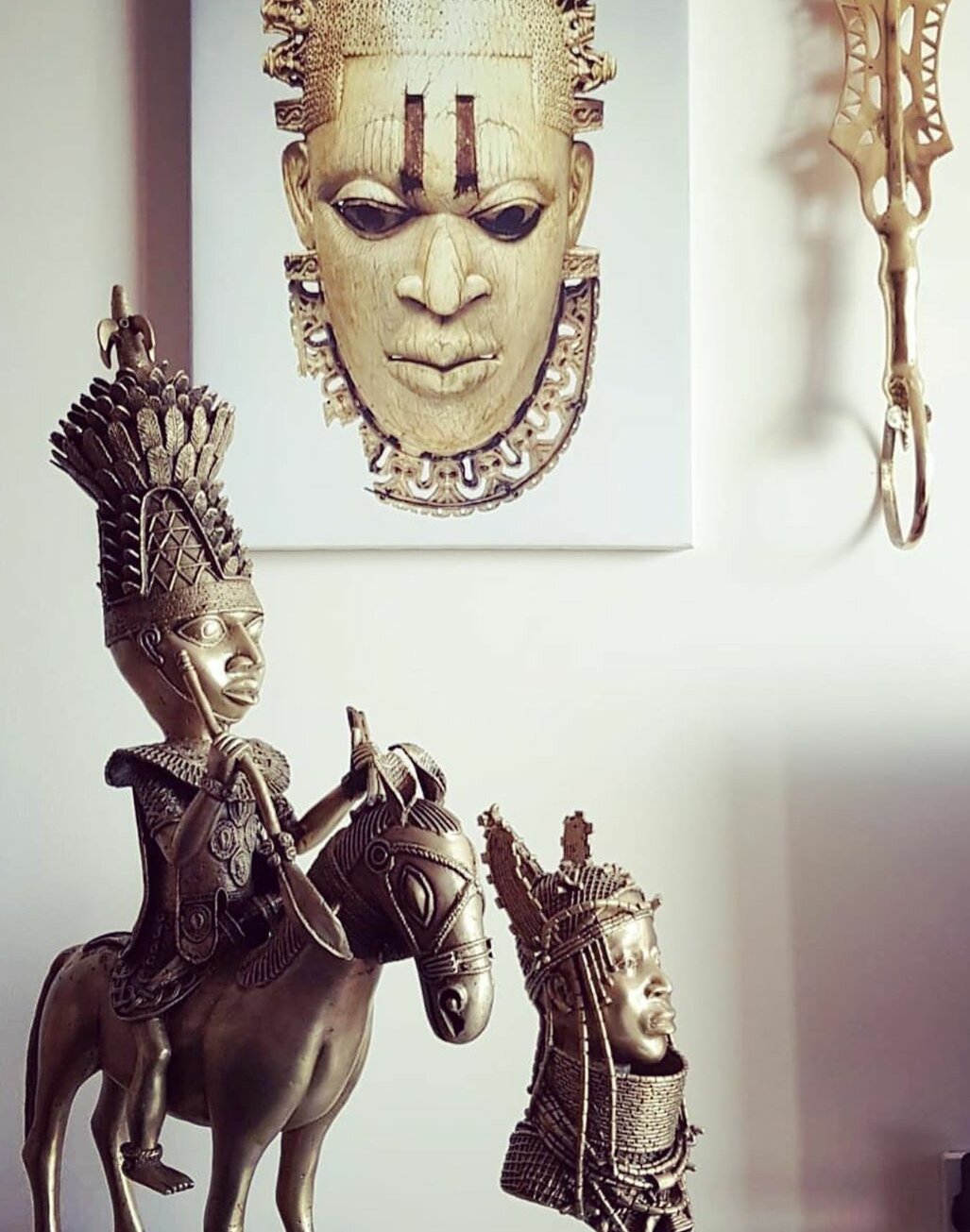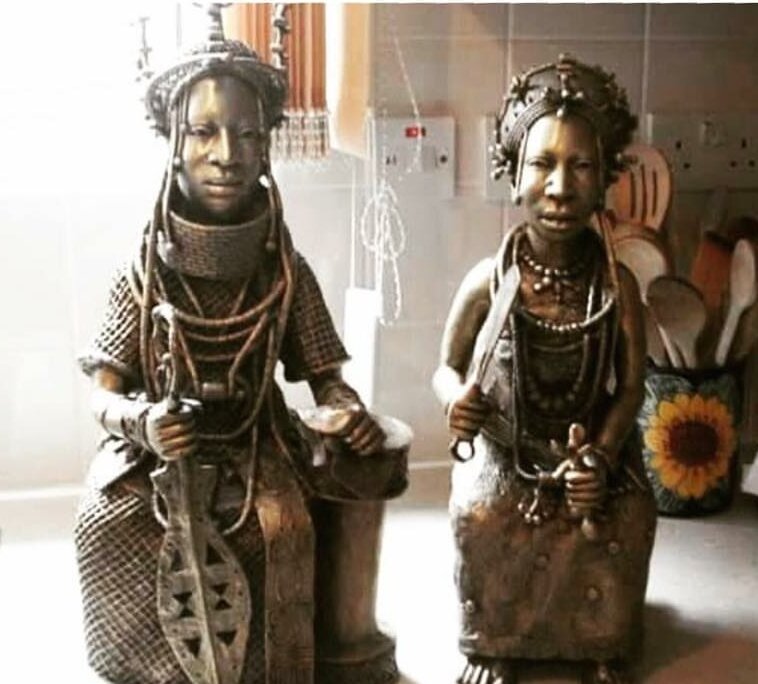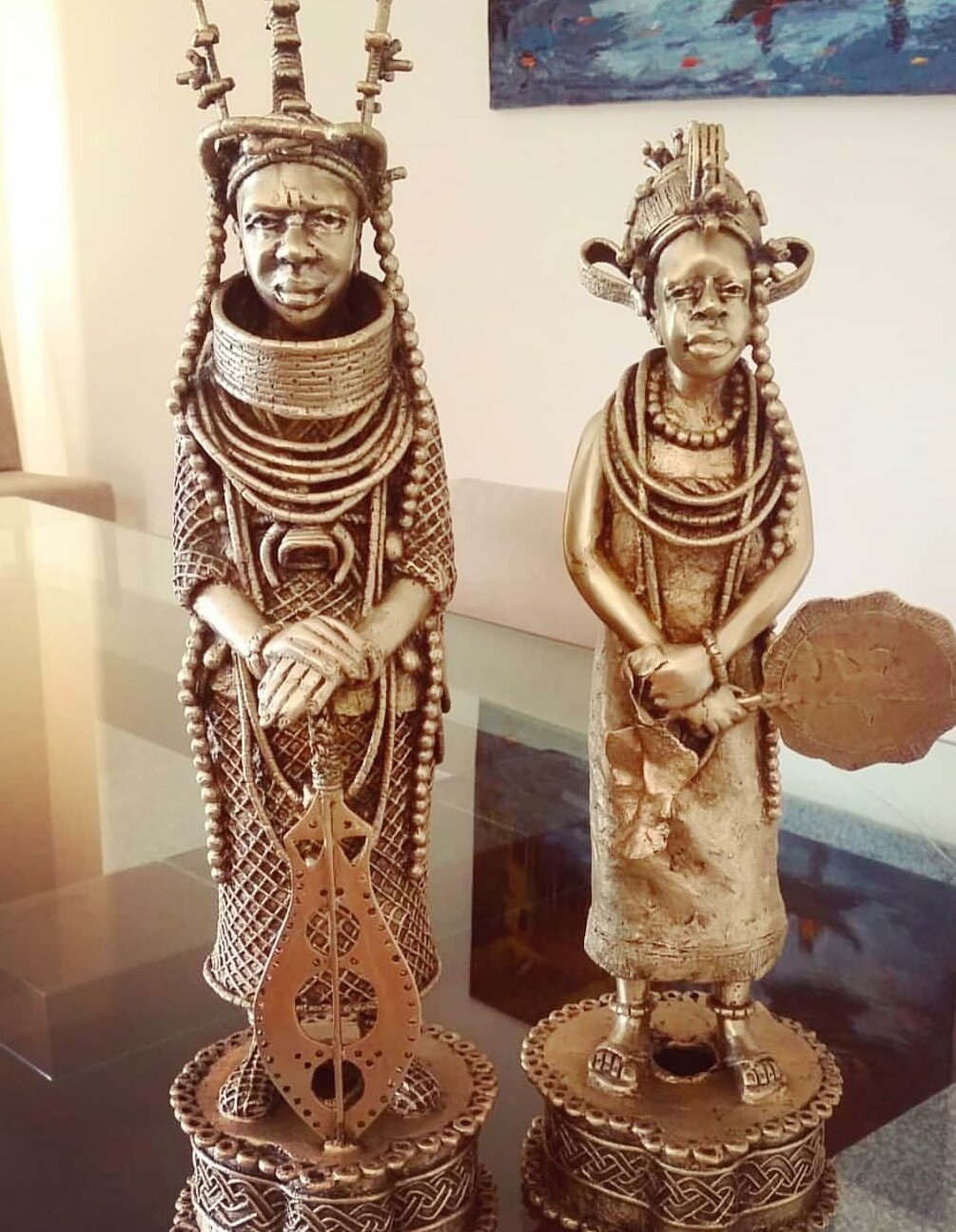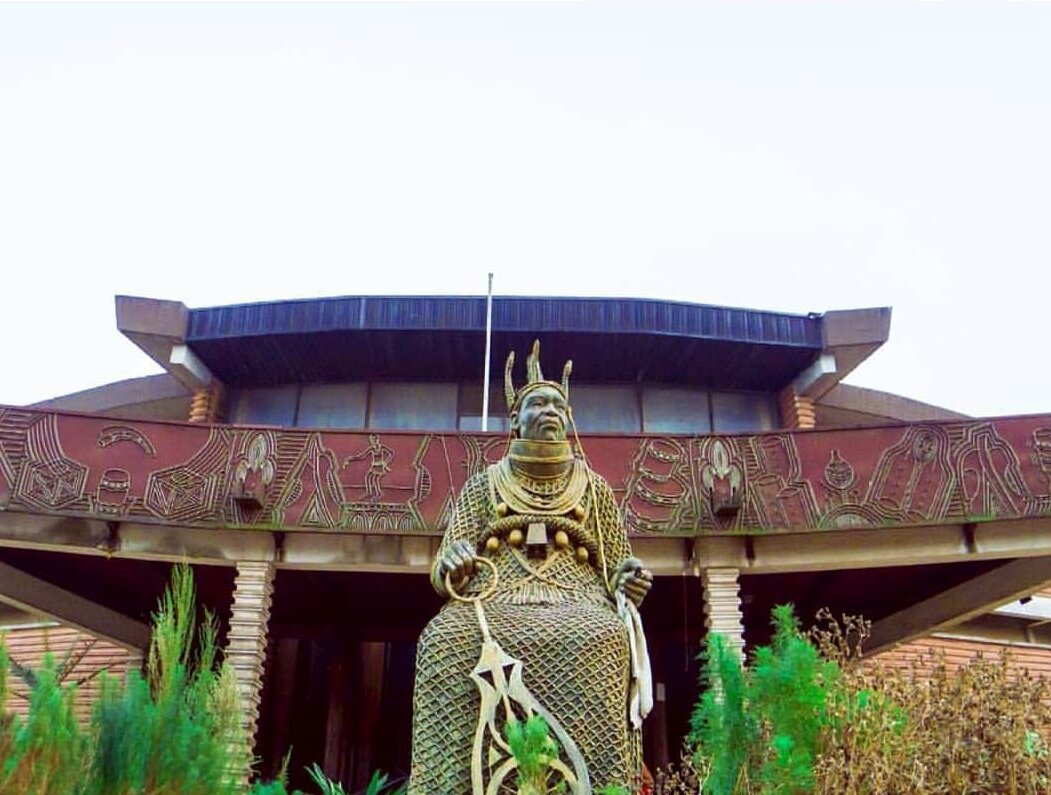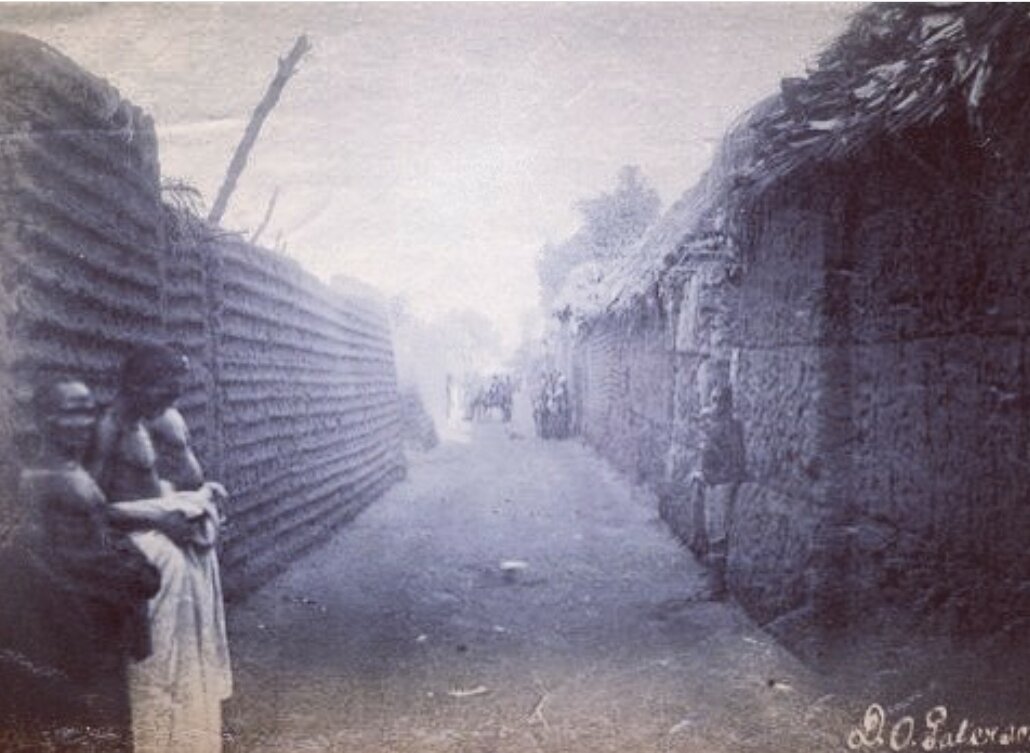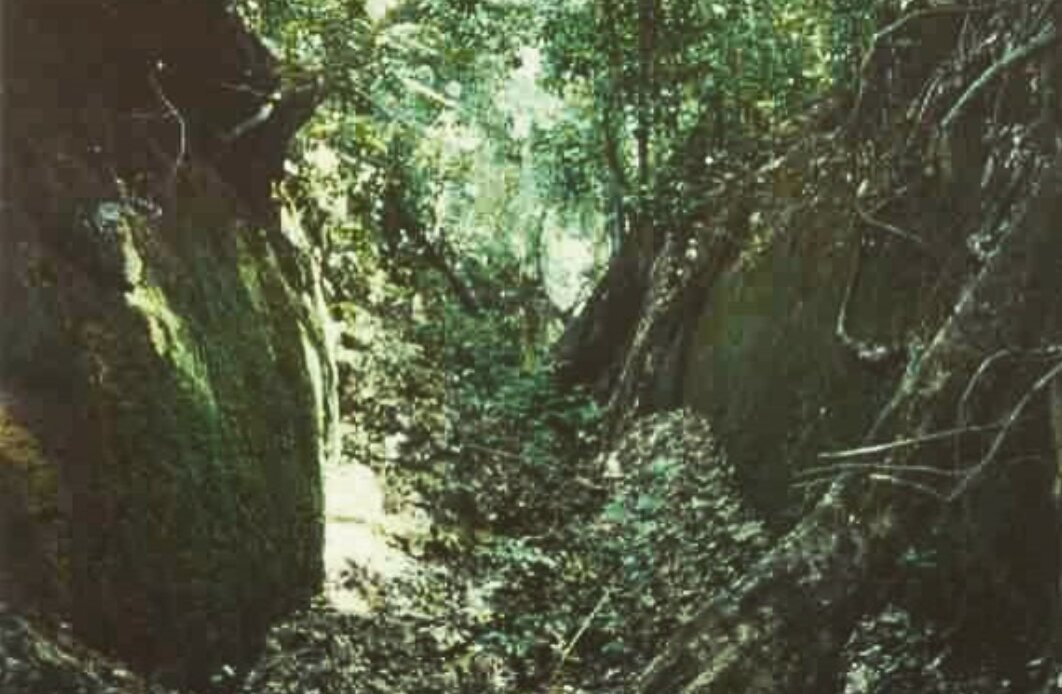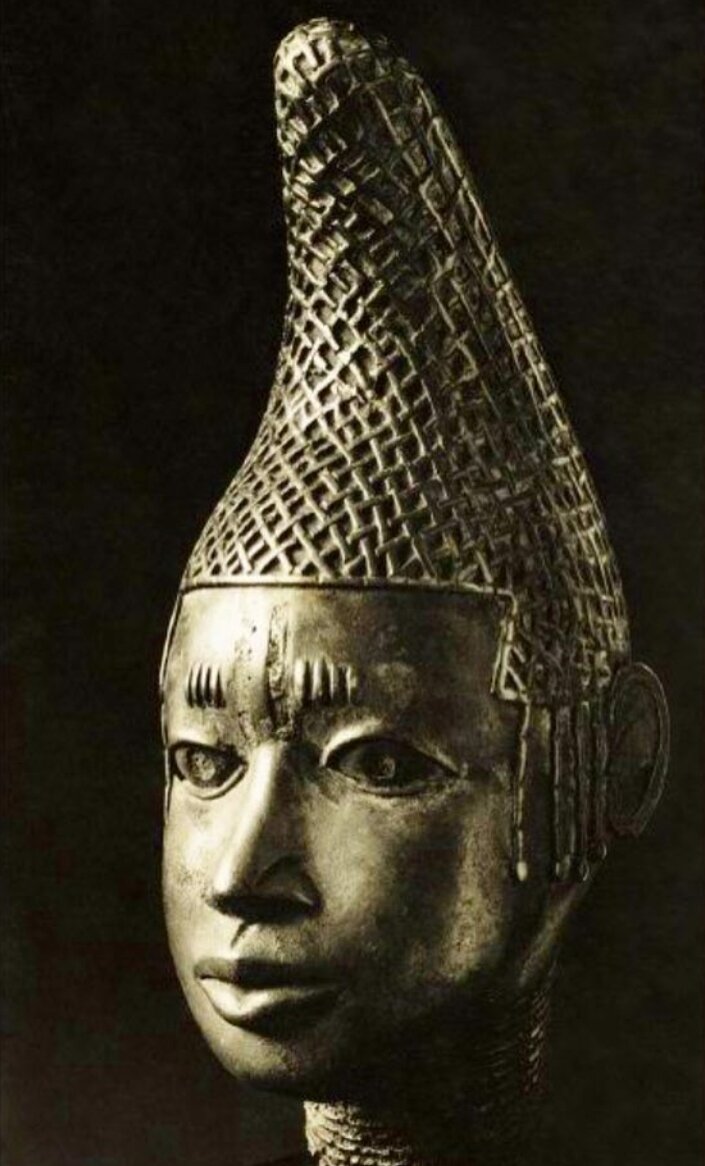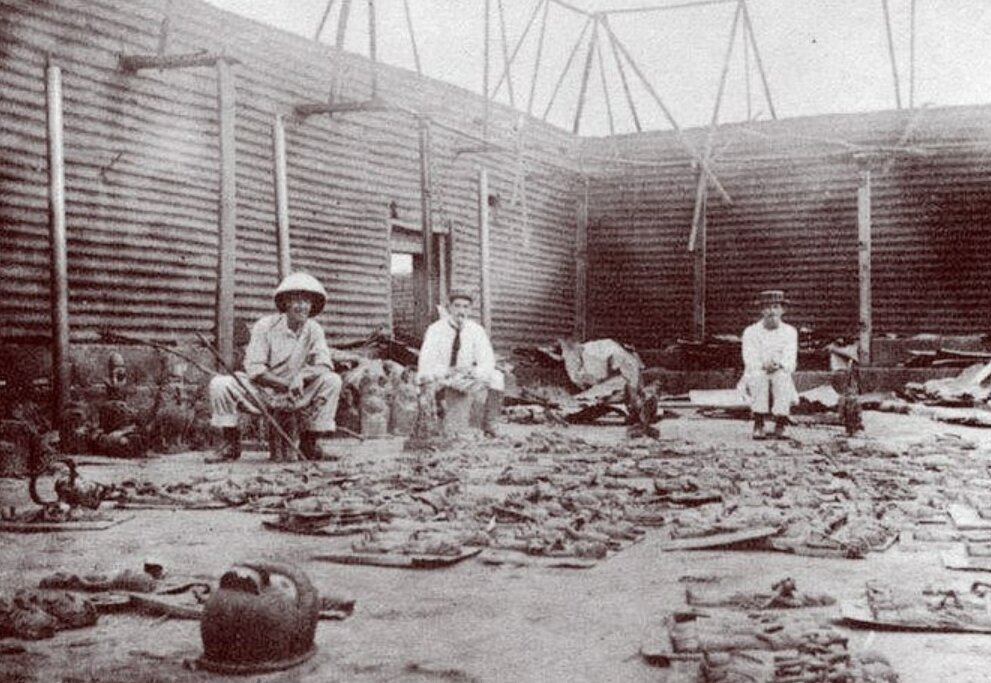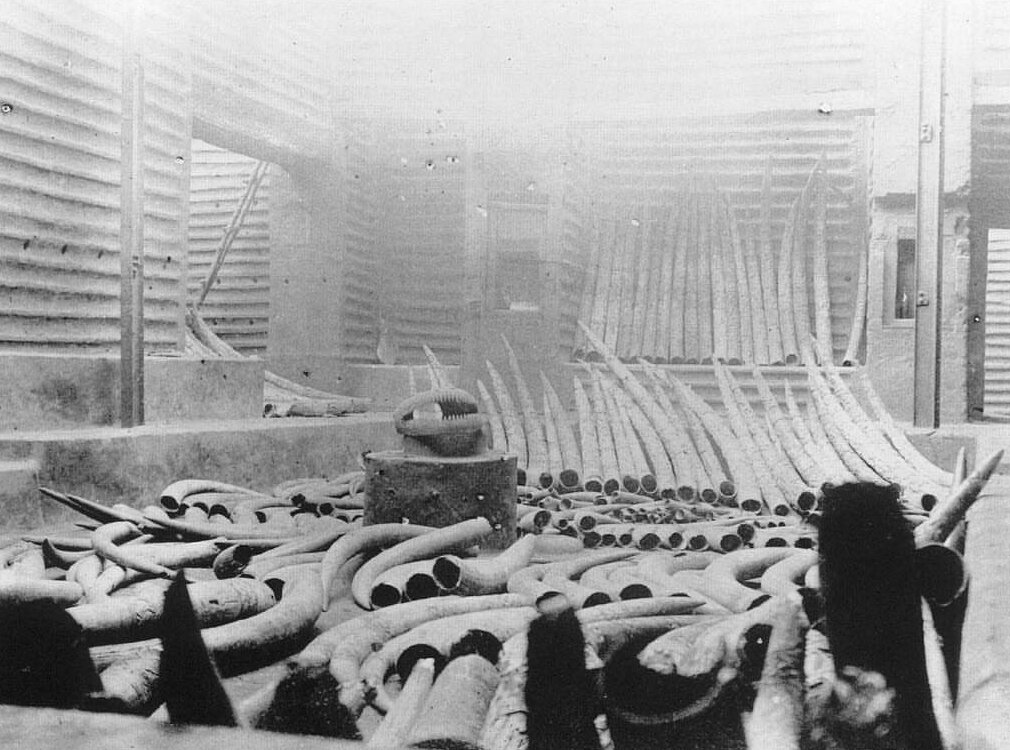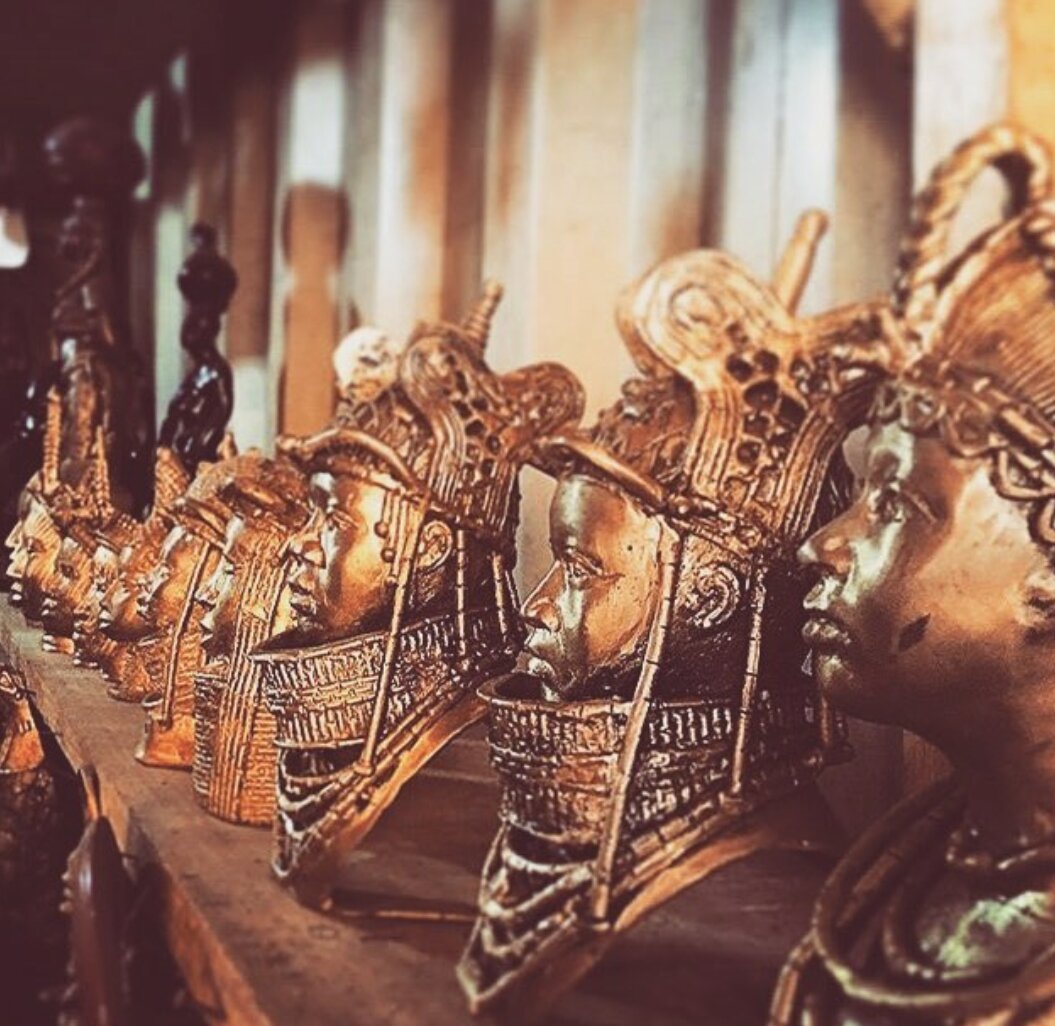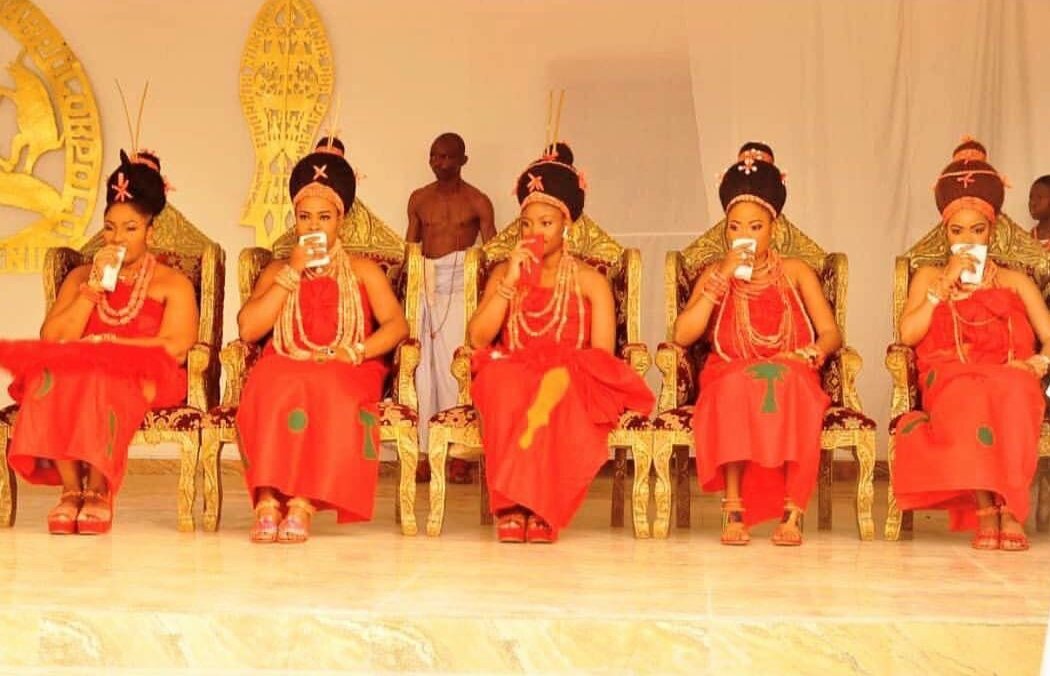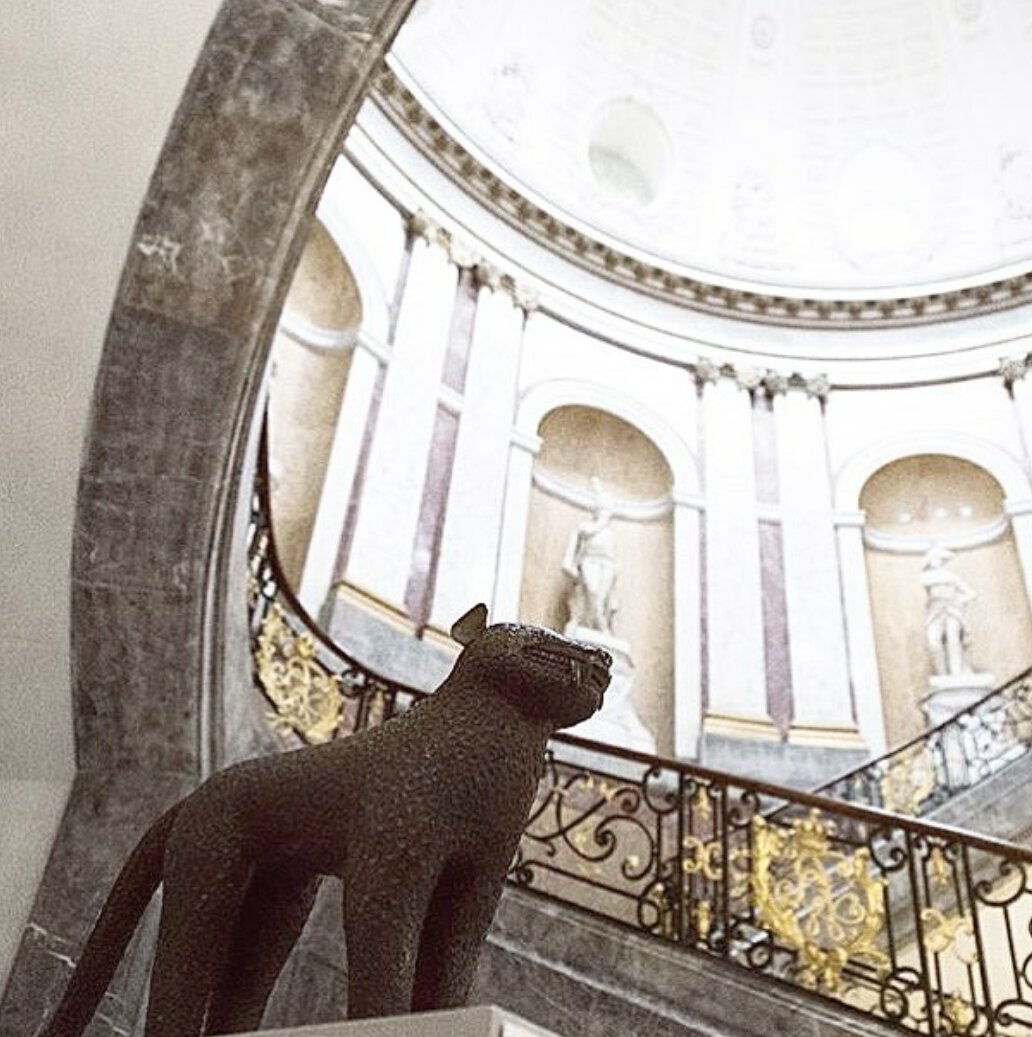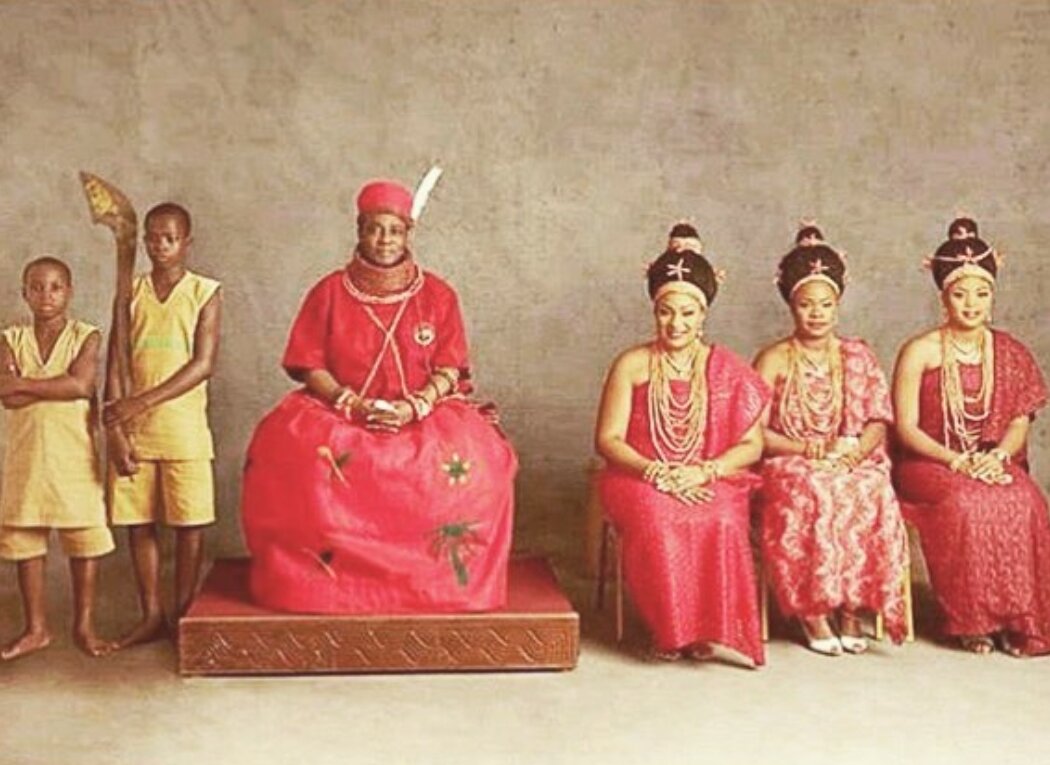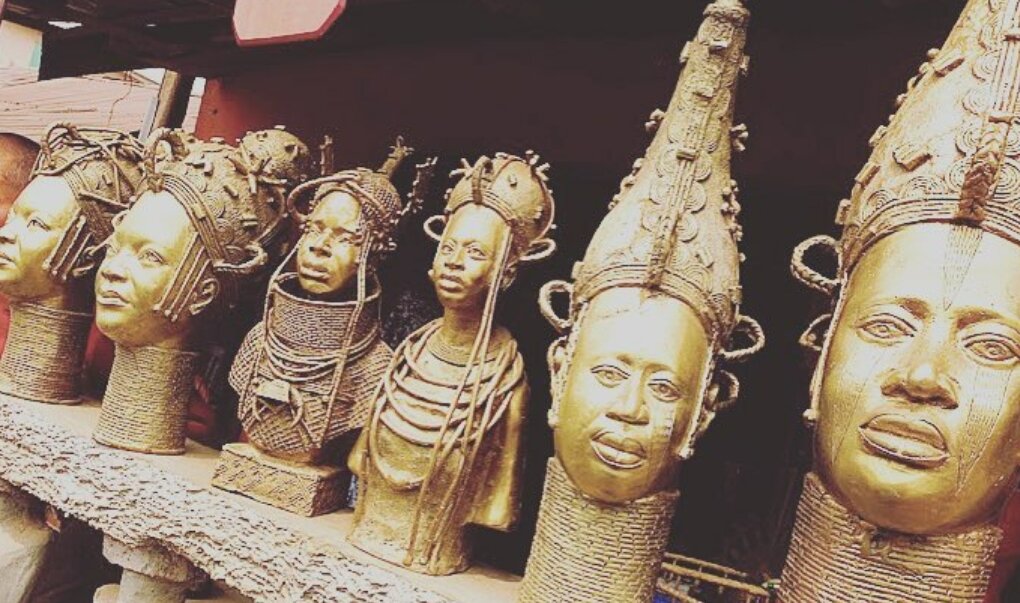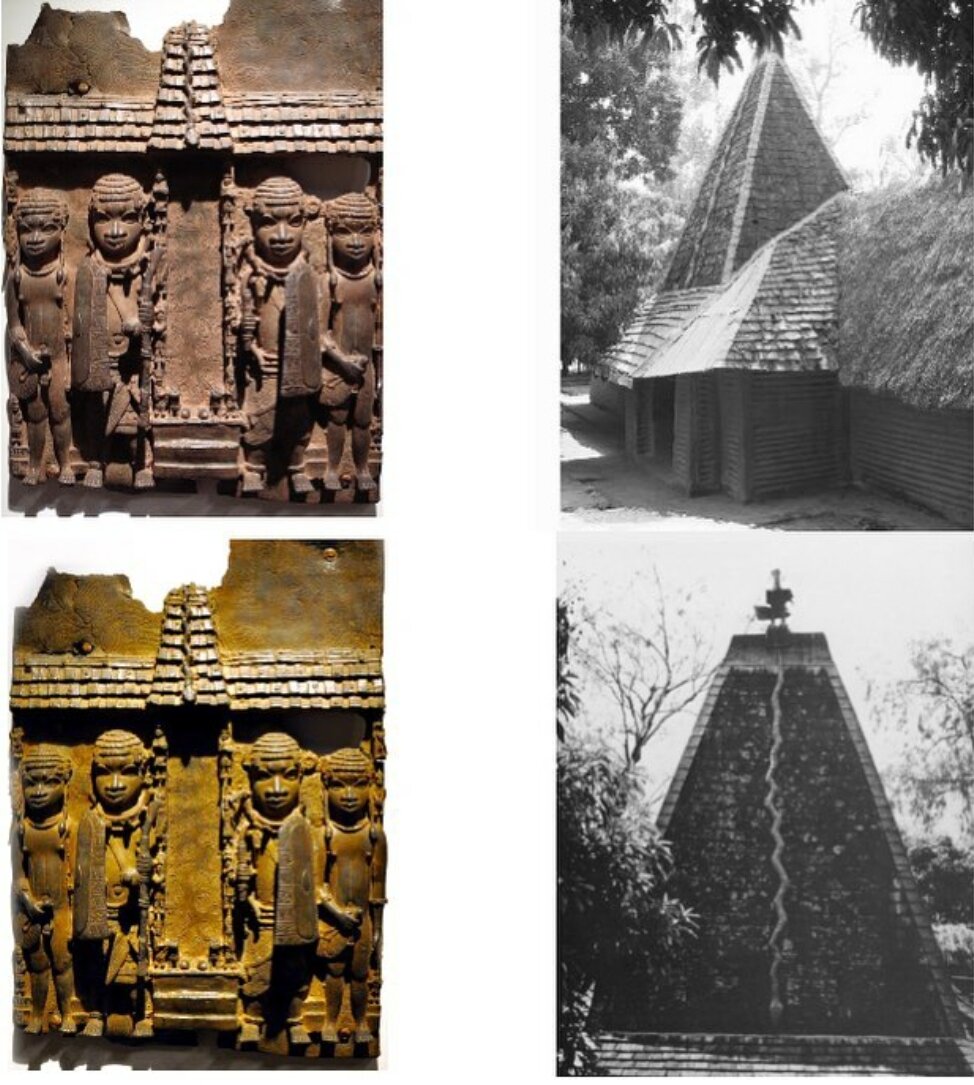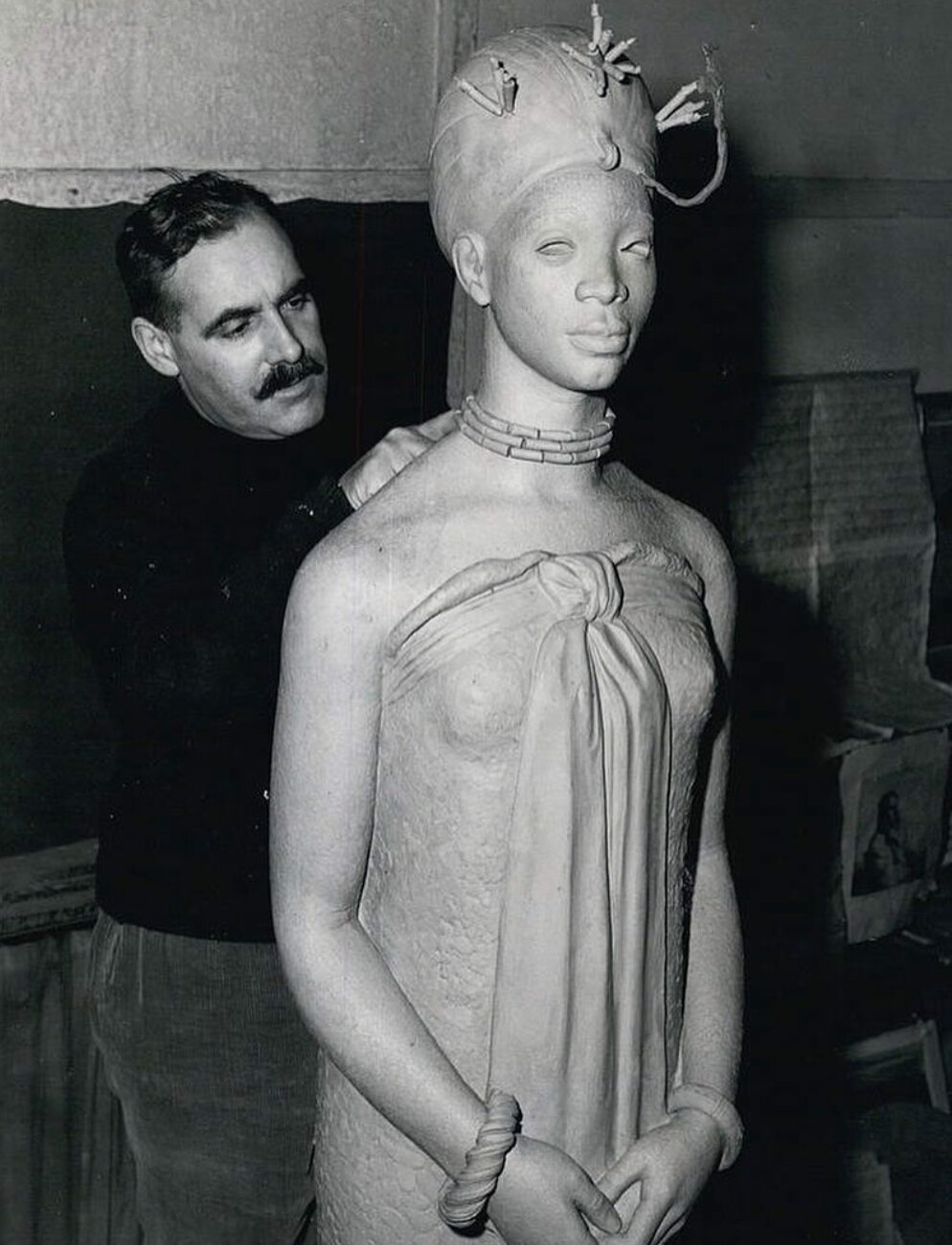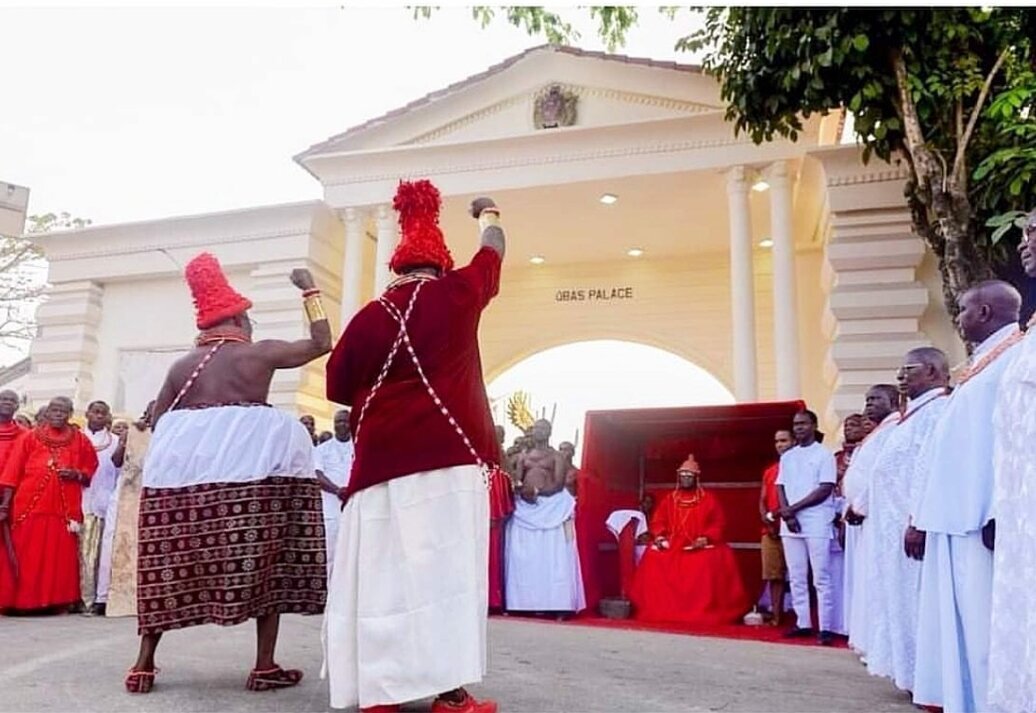How Urban Planning Shaped Old Benin City
I wanted to start this year’s Black History Month by publicizing a very afro-centric perspective to urban planning by celebrating the physical planning of the West African Kingdom of Benin (Old Benin Kingdom), now known as the City of Benin in present day Nigeria (New Benin City). Urban planning schools in the west provide little insight about urban planning practices throughout the continent of Africa. We learn about medieval Italian and Greek cities, with little mention about the City of Benin, the Great Zimbabwe, Timbuktu in Mali, The Kingdom of Kush, and many others.
The Kingdom of Benin was an autonomous country, with an effective military and extremely talented and skilled artisan workforce. Benin City was the principal city of Edo (Bini) kingdom of Benin which flourished from the 13th–19th century, whose Oba of Benin (or traditional ruler) whose royal family is highly respected and revered to this today. The post colonial urban landscape is more dystopian, as it resembles most other auto-centric cities throughout the developing world. Although, modern Benin City’s urban form is not even close to the uniqueness of its predecessor, its famous artisan works of Bronze sculptures decorated throughout the City provides a colorful remembrance of Old Benin City.
Benin City, had the largest walls made of earthwork longer than the Great Wall of China, developed the world’s most famous art works from bronze, and utilized urban planning principles prior to European colonialism. Although, old Benin City is termed as ancient, it existed more recently than most have thought, possibly when your great grandparents were alive.
The following are excerpts from Andrew Godwin Onokerhoraye’s Urbanism as an organ of Traditional African Civilization: The Example of Benin, Nigeria / Urban Planning, Peer-Reviewed Journal Article, Civilizations 1975 Institute of Sociology of the University of Brussels:
Civil Engineering
“The rise of Benin lead to the development of a strong defense system. The City of Benin developed a strong defense against external aggressors. The city was protected against enemy invasion by digging large ditches and building huge earthworks that involved considerable civil engineering skills. Three ditches and earthworks were made around the city between the 12 and 15th centuries. With the inner wall most being the most sophisticated of the three walls, it is estimated that the entire project took a labor force of approximately 5,000 men working 10 hours a day for seven days a week for 9 months to be completed.”
City Planning
“It was determined that good town planning is an important outcome of urban development in Benin. Benin City was designed differently from other Nigerian cities where there were just one or two main roads and smaller streets. Most of Benin City streets formed a chessboard pattern divided by intersecting approximately rectilinear streets.”
Not that European standard should be upheld, but as Onokerhoraye explains, European visitors described Benin City’s excellent layout, in 1602. A Dutch native, Dierick Ruiters described the main street of Benin as seven or eight times broader than Warne Street in Amsterdam. Dapper in 1668 said it has 30 straight streets about 120 feet broad with intersecting streets at right angles to them.
Arts and Crafts
“Arts and Crafts evolved as a form of economic activity among its inhabitants. Although agriculture provided the main economic base of the urban area, the concentration of a large number of people in Benin soon led to the development of various types of arts and crafts.”
“Most of the important indigenous crafts of the kingdom were in the hands of special ward-guilds in the city. It is important to note that beautiful art pieces are ubiquitous to the new Benin City’s common areas.”
“Agriculture provided the main economic base of the urban area but the concentration of a large number of pele in Benin soon led to the development of various types of Arts and Crafts as a form of economic activity among its inhabitants. There were guilds of blacksmiths and brassmiths, wood and ivory carvers, leather workers, weavers of special embroidered cloths, drum-makers, locksmiths, and carpenters. The blacksmith smelt iron, and fashioned agricultural implements for the farmers. They also produced domestic utensils and implements of war. Women too participated in the art industry, particularly in weaving.”
Below are some of Benin City’s artwork featured on @BeninCity Instagram page:
Benin City was destroyed in 1897 by the British, who attacked after the Edo assaulted an earlier British expedition, which had been told not to enter the city during a religious festival but nonetheless attempted to do so. Before burning the city down, the British pillaged it, taking many of its famous bronzes, ivory, and other treasures.
Traces of the old wall and moat remain, but the new city is a close-packed pattern of houses and streets converging on the palace and compound of the oba (sacred king) and the government offices. In the main square is a statue of Emotan, a woman honoured for assisting a 15th-century prince attempting to regain power and who later became Oba Ewuare. The present oba retains traditional and advisory roles in government.
Old Benin City serves as a reminder that African civilizations thrived before and without European influences. The city should also be a reminder for future development throughout the continent for form following function, sustainability, arts, culture, and ingenuity as factors to design an inclusive and efficient city.


